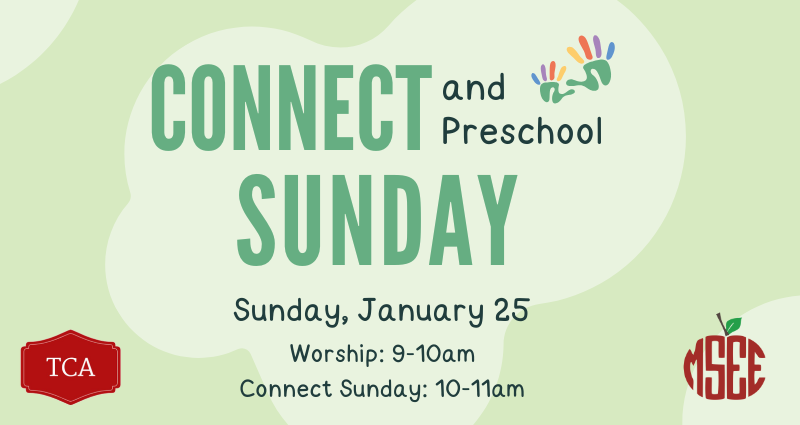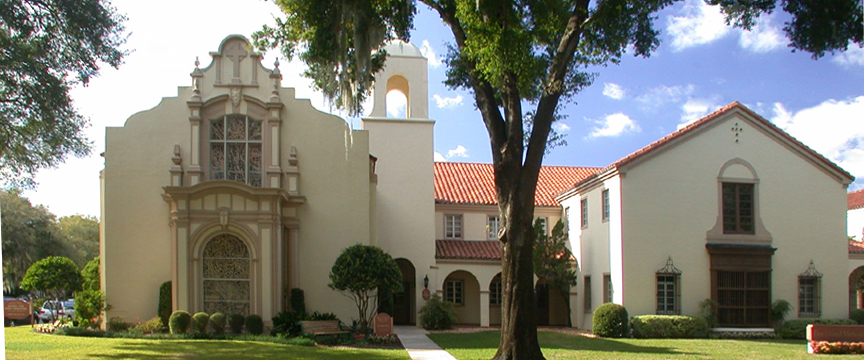by Tonya L. Tolson
As a member of the Vibrant Family pillar, the Diversity Committee is committed to embracing the diversity in all of God’s creations and loving down divisions in our church and surrounding communities by being sensitive to others; listening deeply to all points of view; developing relationships towards candor and authenticity; educating ourselves; and working towards justice, reconciliation, and Unity.
In short, in addition to prayer and devotion, we choose vulnerability and empathy by sharing our personal stories to initiate healing, reconciliation, and transformation.
Some years ago, while I was undergoing my own personal transformation out of childhood traumas and through divorce, I had the privilege to attend a lecture with the clinical psychoanalyst and author Dr. Clarissa Pinkola Estés. She’s a prominent story-teller who specializes in stripping down fairy tales to the bone and sharing their real meanings. Estés highlights such stories in her two extraordinary books entitled, “Women Who Run with the Wolves” and “Untie the Strong Woman.”
Estés knows that stories are medicine, which provide us with the blueprints to heal and the tools to navigate our lives. Estés writes, “[Stories] have such power; they do not require that we do, be, or act anything – we need only listen. The remedies for repair or reclamation of any lost psychic drive are contained in stories. Stories engender the excitement, sadness, questions, longings, and understandings…”
Estés’ work in story-telling does not only comes from being a writer, poet, and psychoanalyst, but from the experience of being an American, an immigrant, and from her Mexican and Hungarian lineages of family storytellers. Estés wrote: “The healing medicine of story does not exist in a vacuum. It cannot exist divorced from its spiritual source. It cannot be taken on as a mix-and-match project. There is an integrity to story that comes from a real life lived in it.”
Of the many stories Estés archived, here’s one as Christians all know:
Once long ago, a man who had been wayfaring alone with no protective guide, was attacked, beaten black and bloody, and he lay bleeding to death on the side of the road.
Various travelers passed by. They all saw the broken soul, but hurriedly stepped over his dying body so they could keep their own appointments.
Two priests in flowing robes from two different religious groups saw the man suffering in broad daylight, but even the anointed literally crossed to the other side of the road to avoid having to engage with or touch the poor man’s wounds.
It’s the Good Samaritan, of course, one of Jesus’ thought-provoking, heart-shifting, and soul-transforming parables. In these timeless stories, our Lord and Master, The Wisdom Jesus is pushing each of us out of our comfort zones; calling us to drill down deep not for only the answers, but for additional questions and meaning. Jesus challenges us, as Rob Bell points out, to come into the story “through the side door,” rewiring our minds and reaching the deepest parts of our hearts and souls.
Estés also challenges us in asking this important question: “Who will tell the stories so truths can be told, so the ways of full acknowledgment of what occurred and full mercy can be made known to all?”
As disciples of Christ, we are that important spiritual who. We are the sisters and brothers, who are brave and vulnerable enough to share our truth and those meaningful experiences as medicine to heal, reconcile and fortify our vibrant family.











